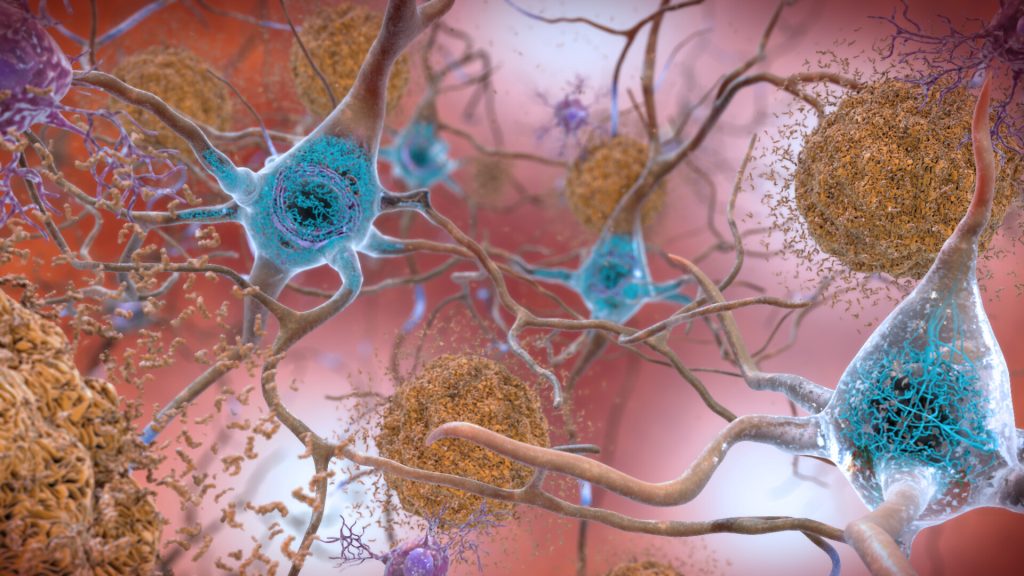A Step to Towards Electrically Restoring Oral Sensation and Function

In an effort towards restoring oral functionality lost to nerve or brain damage, researchers at Texas A&M University have determined the minimum electrical stimulation needed to provide sensation in various parts of the mouth.
Sensorimotor feedback loops involve the brain interpreting incoming signals from sensory nerves and then ordering motor nerves to execute a particular movement. Sensorimotor loops play a vital role in voluntary functions, like walking or holding an object, and involuntary movements, like sneezing or blinking.
Within the mouth, both sensory and motor nerves are richly supplied. In particular, sensorimotor nerves in the soft palate and tongue coordinate several intraoral movements related to swallowing, speech and respiration. Damage to either the sensory or motor nerve fibres due to neurotrauma or disease can therefore compromise these essential functions and worsening the quality of life for afflicted individuals.
Electrical nerve stimulation might help jumpstart the nerves into action, much like how a pacemaker can electrically stimulate nerves in the heart, causing the heart muscle to contract. Unlike a pacemaker however, the parameters of the electrical currents needed for proper stimulation of different parts of the mouth have not been investigated.
“Electrical stimulation can modulate nerve currents or action potentials, which are the mode of communication to and from the brain,” said Hangue Park, assistant professor in the Department of Electrical and Computer Engineering. “And so, electrical stimulation should be carefully applied, because if not, then it might cause undesirable effects, or it might not stimulate anything at all.”
To investigate the minimum stimulation currents needed, Park and his team place tiny metal electrodes in a standard dental retainer. These electrodes were positioned in subjects’ mouths to stimulate either their soft palate or the side and tip of the tongue, which are dense in sensory nerves. The researchers slowly changed the amplitude of the stimulation current, keeping the frequency fixed. Subjects reported when they began feeling a sensation and when the sensation was uncomfortable, and the same experiment was repeated with a higher frequency of current.
After compiling their data, the team determined the average perception and discomfort thresholds for the tongue and soft palate. In addition, they produced an equivalent circuit of the intraoral cavity to duplicate the electrical properties of that area. This circuit, the researchers said, can help to further study the effects of electrical stimulation offline without requiring human subjects.
The researchers noted that their next steps would be to electrically stimulate the intraoral region and investigate how these simulations change chewing, swallowing and other behaviours.
“Sensorimotor systems can be extremely vulnerable to damage due to neural defects, aging and neurodegenerative diseases,” Park said. “In this study, we have begun to lay the groundwork for electrically stimulating parts of the mouth that control involuntary and voluntary movements. Our work is a seminal study and it is important so that we can, in the near future, help people that face enormous challenges doing everyday tasks that we take for granted.”
Source: Texas A&M University
Journal information: Park, B., et al. (2021) Electrical Characterization of the Tongue and the Soft Palate using Lumped-Element Model for Intraoral Neuromodulation. IEEE Transactions on Biomedical Engineering. doi.org/10.1109/TBME.2021.3070867.








